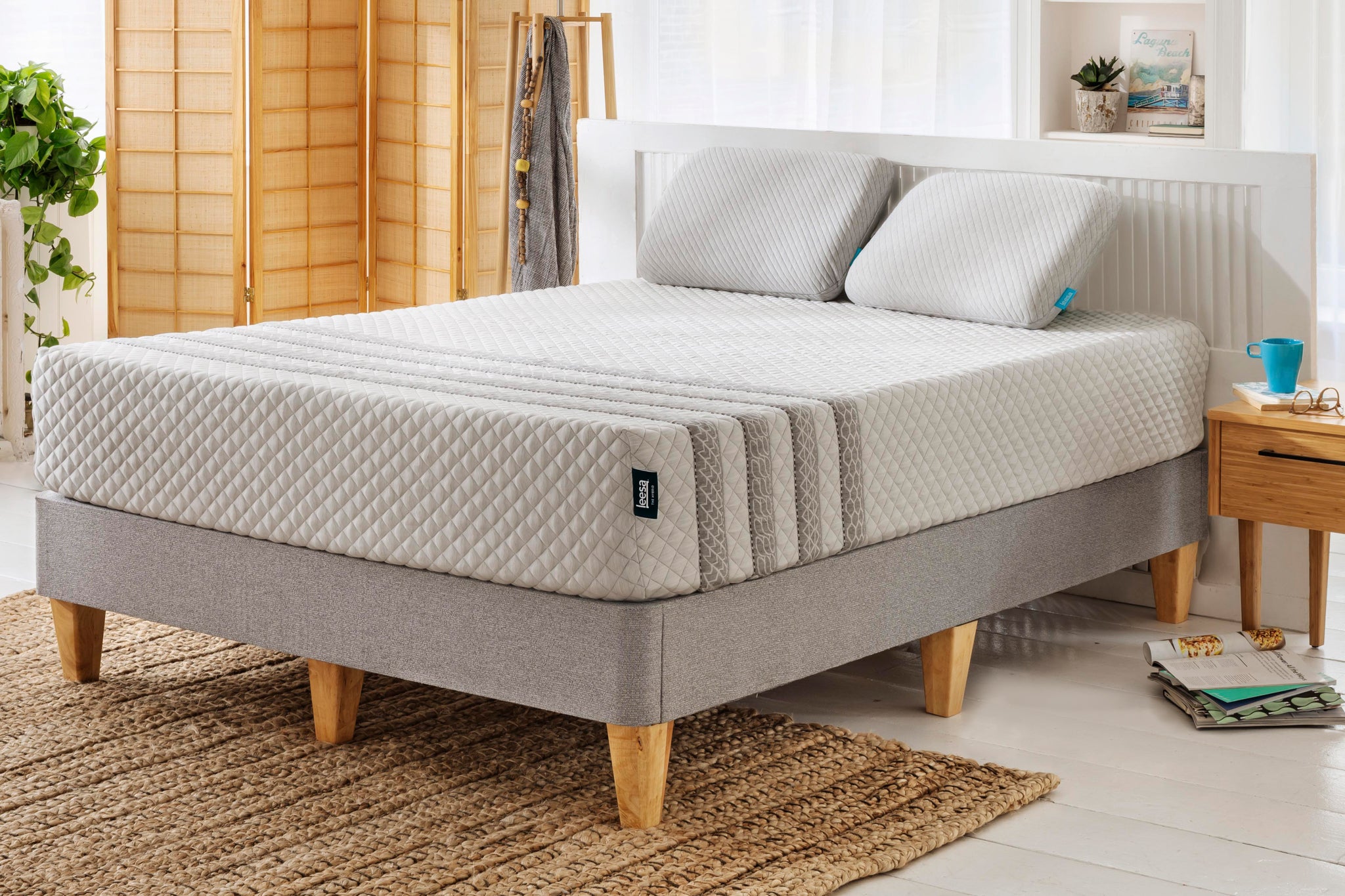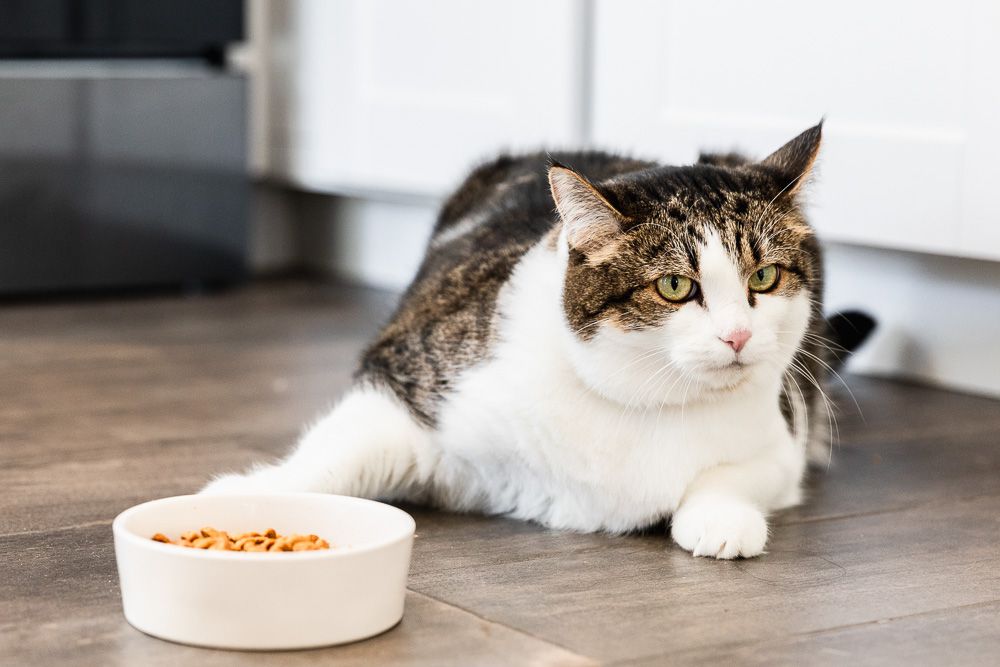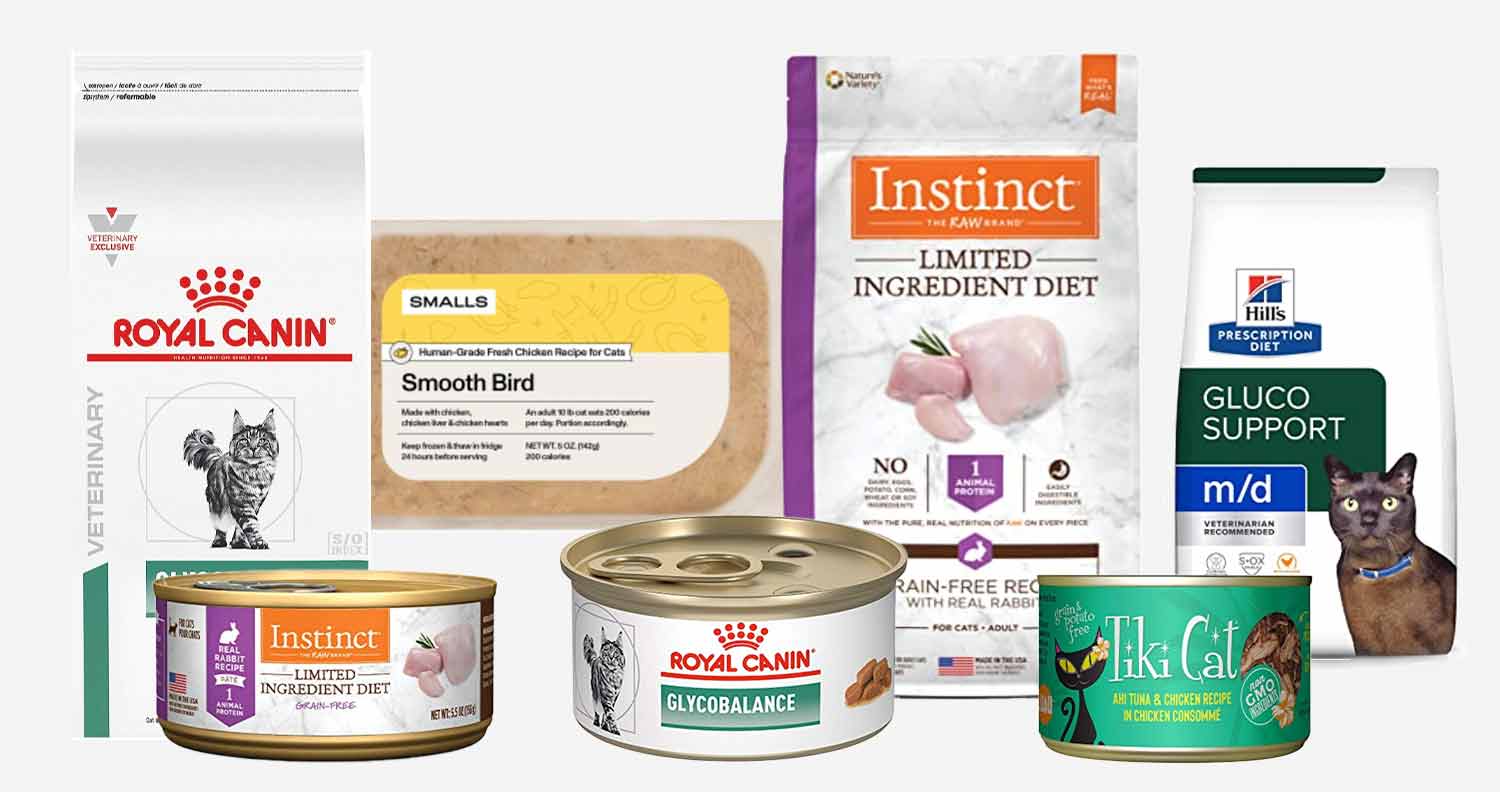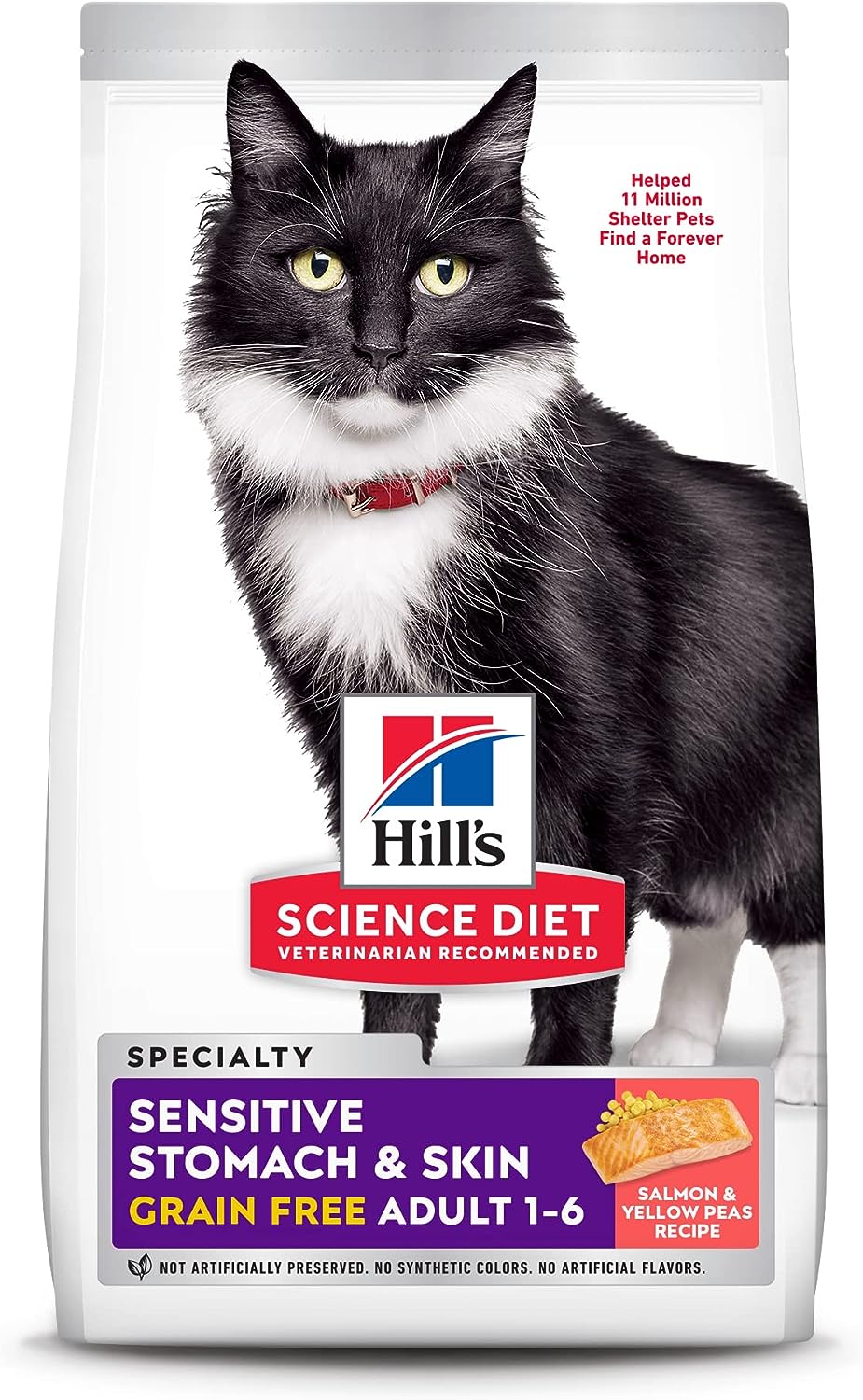
Some of the best mattresses we’ve picked
-
Best Classic Brand Mattress
-
Most Expensive Mattress
-
Best Mattress Under $500
-
Best Pocket Spring Mattress
-
Best Hybrid Mattress under $500
-
Best Luxurious Mattress
-
Top 10 Extra Soft Mattress
-
Top 10 Best Smart Mattress
-
Most Comfortable Bed in the World
-
Best Beautyrest Mattress
How are the beds with memory foam mattresses? The memory foam mattress of the bed is incredibly comfortable and provides excellent support for a good night’s sleep. The foam reduces stress on your body and reduces tossing and turning throughout the night.
Mattresses are made of high-quality materials and are designed to last for years without losing their shape or support.
The price of memory foam mattresses is competitive compared to other brands on the market. Although they can be more expensive than traditional mattresses, the comfort and support they provide are well worth the investment.
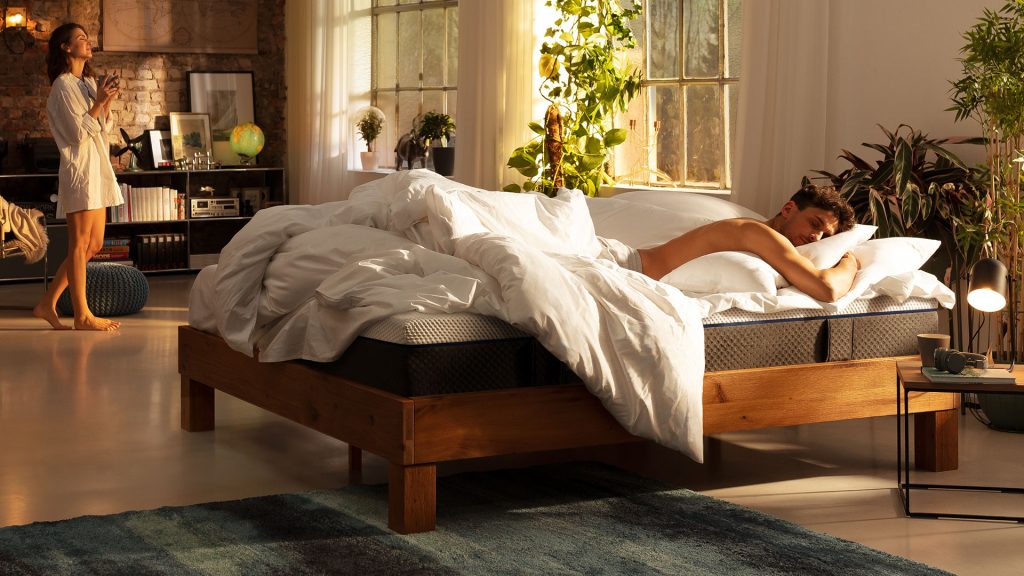
Types of Memory Foam
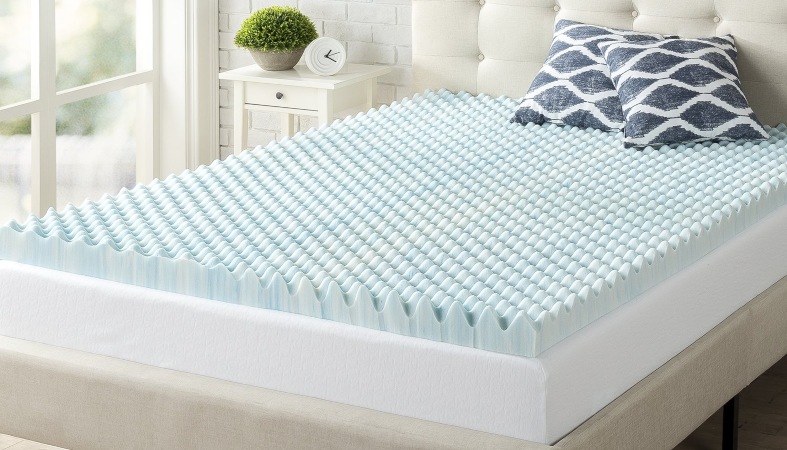
Standard memory foam: This type of memory foam retains the traditional slow-moving feel and lacks any additional infusions or unique characteristics.
Fast-response memory foam: Fast-response memory foam, which is not as slow-moving as conventional memory foam, is present in some mattresses. Sleepers may shift around and change positions more easily because of the memory foam.
Open-celled memory foam: Compared to regular memory foam, open-celled memory foam is made to be more breathable. It won’t trap as much heat because of the way it is built, which allows for better airflow. This is a significant problem with typical memory foam, which we will cover shortly.
Gel-infused memory foam: To prevent overheating, some memory foams contain infusions. The temperature of beds with memory foam mattresses can be reduced by adding infusions such as gel, copper, and graphite.
Plant-based memory foam: If you’re a green consumer, you can opt for a bed with a plant-based memory foam mattress. Usually produced from soy, this foam is a little more environmentally friendly than traditional memory foam. Click here to see some of the best-quality mattresses.
Memory Foam Technology
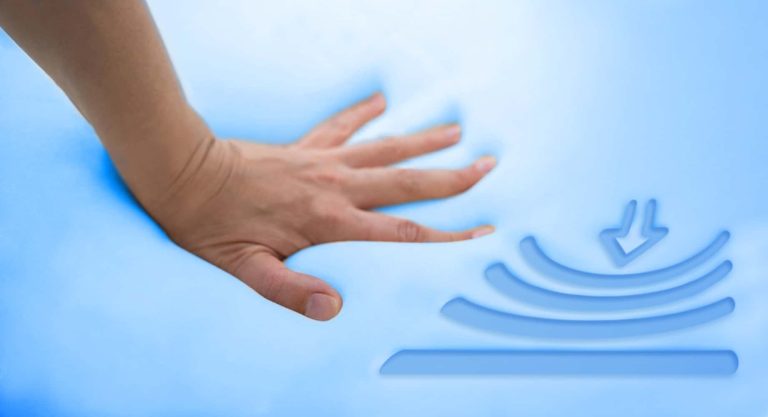
Memory foam was originally developed by NASA in the 1960s to improve the safety of aircraft cushions. The material is made from viscoelastic polyurethane foam, which is designed to respond to heat and pressure. When you lie down on a memory foam mattress, the foam molds to your body shape, providing support and reducing pressure points. Click here to see some of the best-quality mattresses.
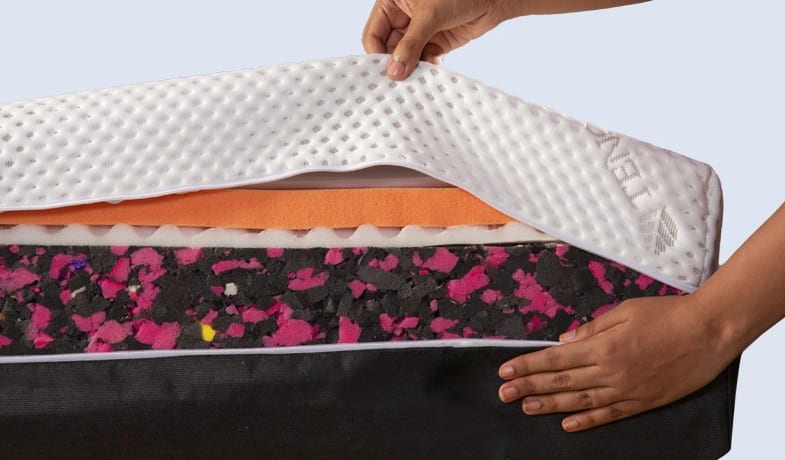
Viscoelasticity: Memory foam is viscoelastic, which means it can change its shape in response to pressure and heat. When you apply pressure to memory foam, it slowly compresses and conforms to the shape of your body. This property makes memory foam products highly comfortable and supportive, as they can distribute your body weight evenly, reducing pressure points.
Temperature Sensitivity:
Memory foam is sensitive to temperature, which contributes to its molding and conforming properties. It becomes softer and more pliable as it warms up from body heat. Conversely, in cooler conditions, it becomes firmer. This sensitivity to temperature is often referred to as the “memory” effect.
Durability: High-quality beds with memory foam mattresses are known for their durability. They can retain their shape and properties for several years, providing consistent comfort and support over time.
Pressure Relief: One of the primary benefits of memory foam is its ability to provide excellent pressure relief. By contouring to the body’s shape, it reduces pressure points that can cause discomfort and pain, especially during extended periods of sitting or lying down.
Motion Isolation: Memory foam’s viscoelastic nature also helps with motion isolation. When one person moves on a memory foam mattress, the motion doesn’t transfer as easily to other parts of the mattress. This is particularly advantageous for couples sharing a bed, as it minimizes disturbances from partner movement.
Click here to see some of the best-quality mattresses.
Application: Memory foam is used in a variety of products, including mattresses, pillows, mattress toppers, seat cushions, and even footwear. Its adaptability and comfort make it a sought-after material for various applications.
Hypoallergenic Properties: Memory foam is inherently resistant to dust mites and other allergens, making it a suitable choice for individuals with allergies or asthma.
Different types:
How are the Beds with memory foam mattresses? There are different types of memory foam with different levels of density and reactivity. Traditional memory foam is known for its slow response time, while newer versions such as gel-infused memory foam and open-cell memory foam aim to solve problems such as heat retention and reactivity.
Heat Regulation: One common concern with traditional memory foam is that it tends to retain heat, potentially causing discomfort for some sleepers. Manufacturers have developed solutions to this issue, such as using gel-infused memory foam or incorporating ventilation techniques.
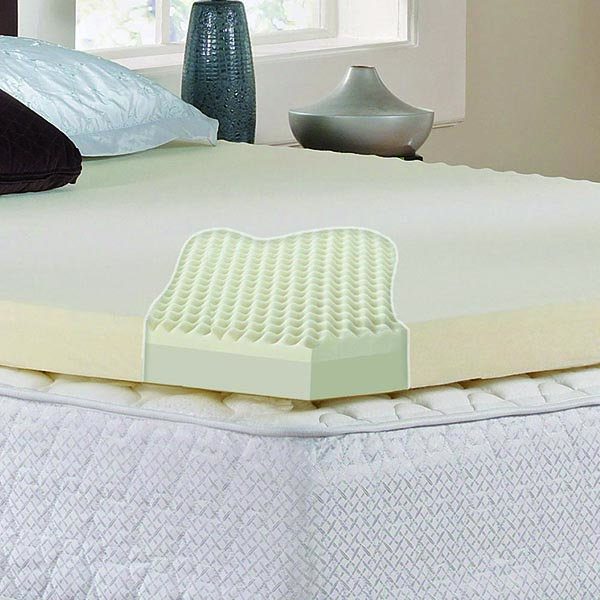
What is Memory Foam?
Memory foam is made of polyurethane, which is a type of polymer. It also contains additional chemicals that give it its unique properties, such as its ability to conform to the shape of your body and provide support.
One of the key components in memory foam is viscoelastic material, which is responsible for the foam’s ability to respond to heat and pressure. When you lie down on a memory foam mattress or pillow, the foam softens and conforms to the shape of your body, providing support and reducing pressure points.
In addition to polyurethane and viscoelastic material, memory foam may also contain other additives, such as gel or charcoal, which can help regulate temperature and absorb moisture. Click here to see some of the best-quality mattresses.
Memory Foam Materials
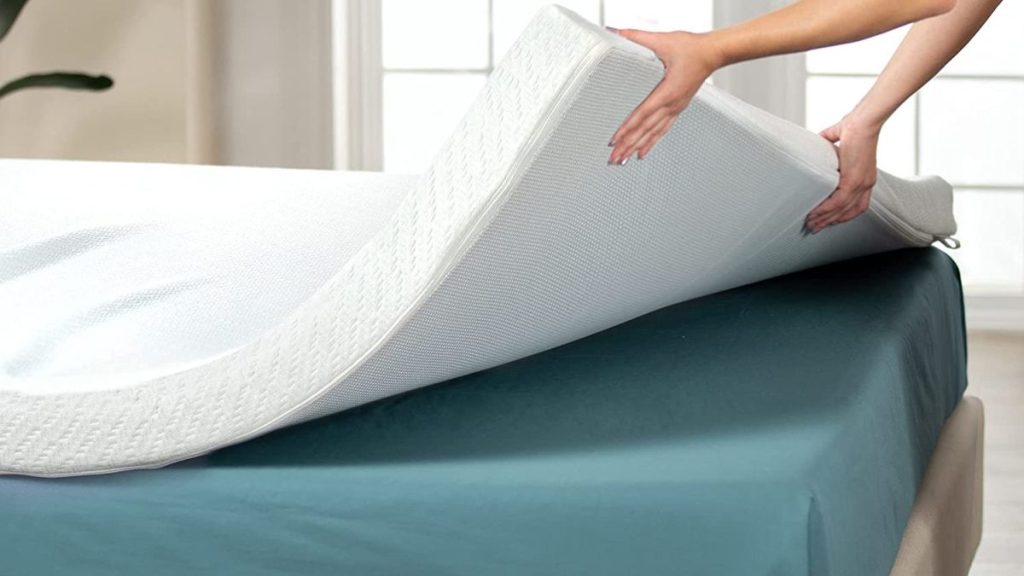
Polyurethane, a material with huge molecules made up of numerous small, identical subunits bound together, is the primary ingredient in memory foam. Polyurethane is a very popular and adaptable plastic polymer that can be used to create a wide variety of materials and products, including insulation, liquid paints and primers, spray foam, elastic fibers, car parts, and even tough elastomers like roller blade wheels.
Polyurethane
The Beds with memory foam mattresses is made from memory foam polyurethane, a kind of polymer that is commonly used in the production of foam. Polyurethane is made by combining diisocyanates and polyols, compounds that contain multiple hydroxyl groups. The resulting material is a flexible foam that can be made in different sizes and densities.
Viscoelasticity
To give The Beds with memory foam mattresses their unique properties, they are treated with various chemicals that affect their viscosity. This term refers to the ability of the material to deform under pressure and then return to its original shape after the pressure is removed. Memory foam is designed to respond to a person’s body heat and pressure, adjusting to their size and providing customized support.
How Does Memory Foam Work?
Memory foam mattresses, as we discussed above, are made to gradually conform to the body in reaction to pressure, equally distributing body weight. Additionally, they are made to be durable and to take their original form after being relieved of pressure and human weight.
Memory foam softens, shapes to your unique curves, and even distributes your weight when it comes into contact with your body heat. Your application of pressure, or force,” will affect how the material responds. Rapid pressure usually results in the foam changing shape more slowly, or “reluctantly.” This demonstrates that memory foam is highly effective in reducing the force of an impact, which is why it was first used in industries like space shuttle construction. This feature of memory foam, which is used to construct mattresses, aids in the mattress’s ability to cushion the body equally and creates a gradual contouring effect as it adapts to your body’s impact and re-forms around your curves.
Additionally, memory foam takes a while to return to its normal shape after being forced—on average, 5–10 seconds. Energy from the hit is absorbed and lost during this interval of recovery. Sleepers benefit from this “hysteresis” occurrence because it lessens the pressure (or impact energy) created by the prone body.
As the temperature increases, the memory foam loses viscosity, which is another important aspect of how it works. This suggests that when the temperature increases, it becomes less rigid and more flexible. Since the heating of your body increases the temperature of the sleeping surface, the beds with memory foam mattresses, after resting for a while, seem softer or more flexible. Click here to see some of the best-quality mattresses.
Memory Foam and Environmental Impact
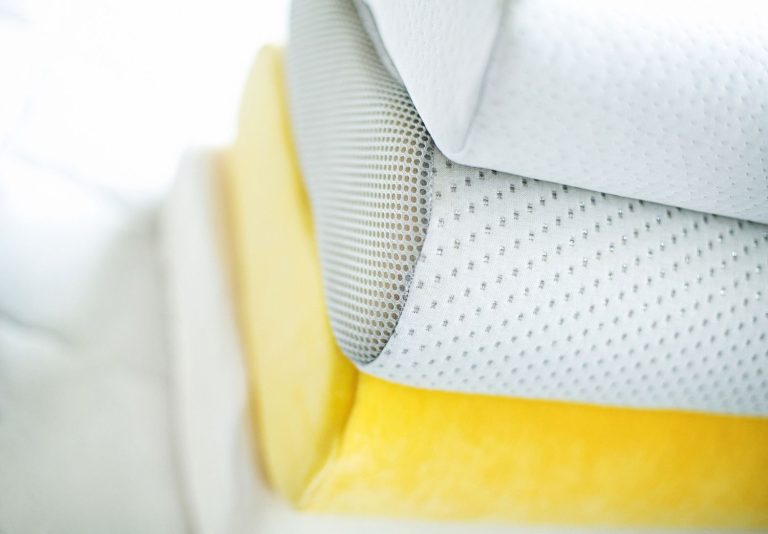
Memory foam is made from polyurethane foam, which is a petroleum-based product. The manufacturing process of memory foam involves the use of several chemicals, including formaldehyde, benzene, and toluene, which can be harmful to human health and the environment.
Fortunately, there are greener alternatives available, such as natural latex foam. Natural latex foam is made from the sap of rubber trees and is a renewable resource. The manufacturing process of natural latex foam is also less harmful to the environment, as it does not involve the use of harmful chemicals.
Benefits of Natural Latex Foam
-
Natural latex foam is a sustainable and eco-friendly option.
-
Natural latex foam is naturally hypoallergenic and resistant to dust mites and mold.
-
Natural latex foam is durable and long-lasting, with a lifespan of up to 20 years.
Qualities of Memory Foam
Now that we are clear on what memory foam is, let’s discuss how it feels and what it’s like to sleep on a memory foam mattress. There are three basic attributes that memory foam mattresses generally share, though different mattresses will have varying degrees of each.
Contouring: Right there in the name is one of memory foam’s distinguishing qualities. On a memory foam mattress, you can feel the sleep surface conform precisely to the curves and angles of your body as you are lying down.
Sink: Memory foam has a tendency to “sink”—that is, to give the impression that you are being embraced by the mattress and may even be sinking down into it—in addition to contouring.
Palpable Response: You can feel the material becoming more malleable and less viscous in reaction to the pressure and heat of your body when you lie down since memory foam, as previously said, is incredibly adaptive to pressure.
Memory Foam Pros and Cons
Memory Foam Pros
Provides Pressure Relief:
Memory foam relieves pressure by conforming to the body using your own body heat and pressure. This may offer relief for the hips, shoulders, and neck, which experience the most pressure as we sleep. Regular, disproportionate pressure on particular body regions can interfere with falling and staying asleep and result in pain when you wake up.
Memory foam’s contouring properties can help some people, especially those with joint problems or arthritis, experience less pain and discomfort by distributing weight evenly and relieving pressure on typical pressure points.
Promotes Spinal Alignment:
The contouring ability of the memory foam benefits many sleepers by providing proper spinal alignment and lumbar support. Finding sleep positions that keep your spine in neutral alignment can be easier when a surface is in line with your body’s natural curve, such as memory foam. By doing this, you can avoid morning pain and back pain, as well as jumping and bending at night.
Allergen Resistant:
A significant advantage of beds with memory foam mattresses is their tendency to prevent the accumulation of common allergens for allergy sufferers. Memory foam mattresses are less prone to pulling and collecting allergens such as dust mites, fungi, and other common irritants due to their thicker structure.
Reduces Motion Transfer:
When choosing a mattress, it’s crucial for co-sleepers and couples—especially those who are light sleepers—to make sure you won’t be able to feel your spouse move or get up during the night.
Memory foam provides a big advantage if keeping motion transmission to a minimum is important to you. Memory foam does a superb job of preventing motion in one region of the bed from being sensed in another because of its density and the way it responds to and distributes pressure.
Quiet:
Another remarkable quality of beds with memory foam mattresses is their silence. Couples who don’t want to wake their partners when they get out of bed should also consider this, as should anyone who doesn’t want to be disturbed by screaming, moaning, or other noises that may emanate from a very noisy bed.
Memory Foam Cons
Heat Retention:
The fact that memory foam mattresses have a propensity to retain heat and become very heated is one of the main complaints about them. Memory foam, especially conventional memory foam, can get fairly heated since it is made to react to body heat and because of the density of the material.
Even though open-cell and gel foams and other cooling construction techniques have been developed in memory foam technology to solve this problem, they still tend to retain heat more than other types of mattresses. If you are already a hot sleeper, this may make it difficult for you to fall and stay asleep.
Not Waterproof:
Water and other types of moisture or liquid in general can harm memory foam mattresses, toppers, and pillows. A memory foam mattress’ lifespan can be shortened by liquids’ ability to destroy the foam. This is especially annoying if you reside in a region with high humidity or if you have a young child or animal that is prone to spills or mishaps. A memory foam mattress is especially challenging to clean because of this.
“Stuck” Feeling:
Some people discover that the memory foam feel might make them feel trapped or sucked up into the material because they sink too deeply into the mattress. This can make it more challenging to walk around at night, and some people may simply find it unsettling in general. People who are particularly bothered by the sinkage of a memory foam mattress will only grow to resent it more as the mattress gets older.
Cost:
The price difference between memory foam mattresses and conventional mattresses is another drawback. This is especially true if you get Beds with memory foam mattressesof exceptionally high quality. Memory foam mattresses are generally more expensive than comparable grades of innerspring mattresses.
Off-Gassing and Odors:
Memory foam mattresses frequently have a distinct, chemical-like fragrance when they are first made. This phenomenon is known as “off-gassing.” After the box is opened, the fragrance usually disappears after about 24 hours, although occasionally it can linger for weeks. Cheaper memory foam mattresses have stronger and more persistent off-gassing.
Heavy or difficult to Move: Many memory foam mattresses now come in boxes, giving the impression that they are lightweight. This isn’t typically the case, though. A memory foam mattress is typically much heavier than other types of mattresses after it is set up.
Who Should Get A Memory Foam Mattress Topper?
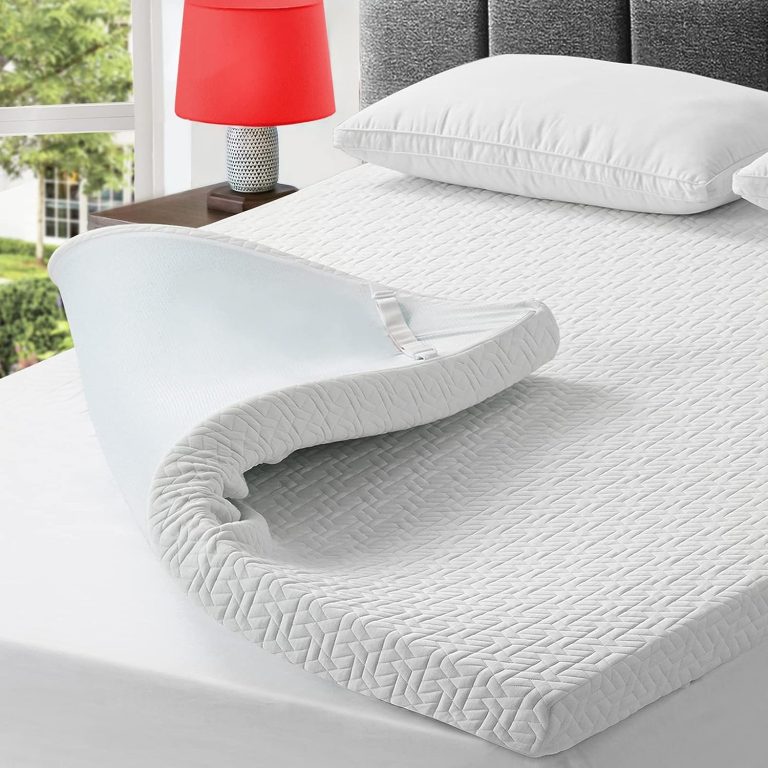
If your mattress is excessively firm, memory foam mattress toppers are a terrific option. A memory foam mattress topper will soften the bed and reduce any pain you may experience if you have a firm mattress and wake up with aches and pains. Particularly beneficial for side sleepers who require even more pressure reduction from their mattress are memory foam mattress toppers.
Another fantastic way to obtain the slow-moving memory foam feel without buying a new mattress is to add a memory foam mattress topper to your existing mattress. They are an excellent way to give your mattress a facelift without spending a fortune. Click here to see some of the best-quality mattresses.
Frequently Asked Questions
Why is memory foam good for sleeping?
A mattress made of memory foam helps ease joint pain. Additionally, it helps support healthy spinal alignment for a restful night’s sleep.
What is memory foam made of?
High-density polyurethane that is stretchy is used to make memory foam. It can be combined with various substances, such as small, chilly gel beads, to change its flexibility and temperature.
Are memory foam mattresses bad?
Memory foam mattresses may not be pleasant for certain people because they retain too much body heat. In comparison to spring mattresses, some gel-infused memory foam choices are also costly. However, a Leesa mattress is a reasonable alternative that aids in removing body heat.
How does memory foam work?
Your body’s heat causes memory foam to react. Your memory foam mattress will soften and become pliable enough to conform to the curves of your body as it warms up. It will then resume its natural shape after the pressure and heat have been released.
Does the memory foam smell go away?
The initial smell will vanish shortly, yes. When memory foam mattresses are first removed from the packaging, they frequently off-gas, which has an unpleasant smell. These chemical odors are caused by extremely low gas emissions from the foam.
